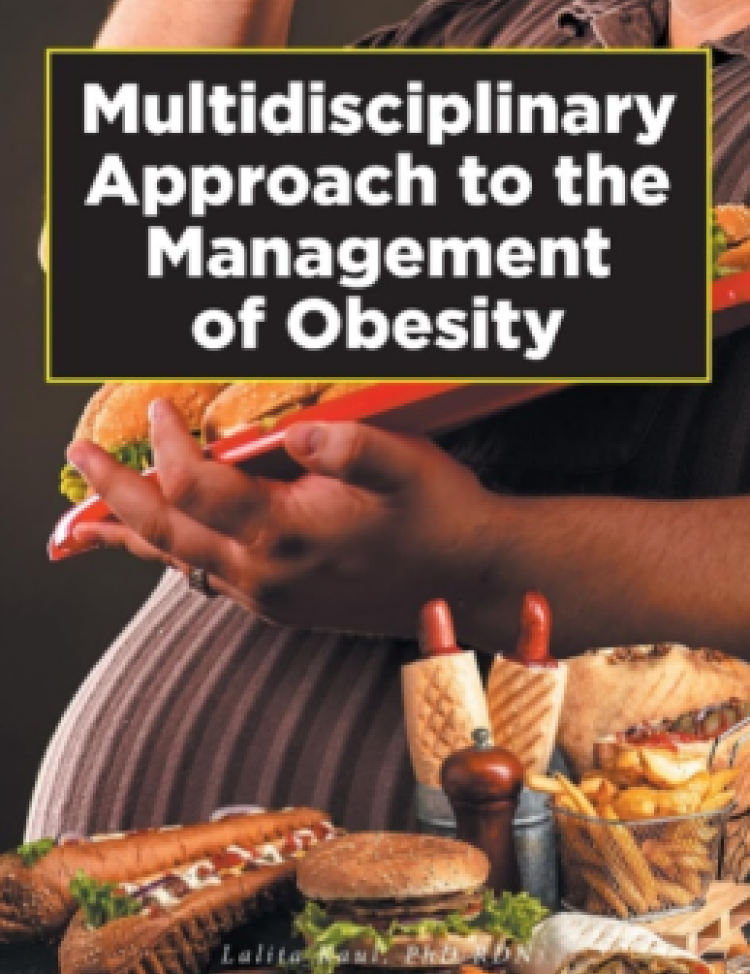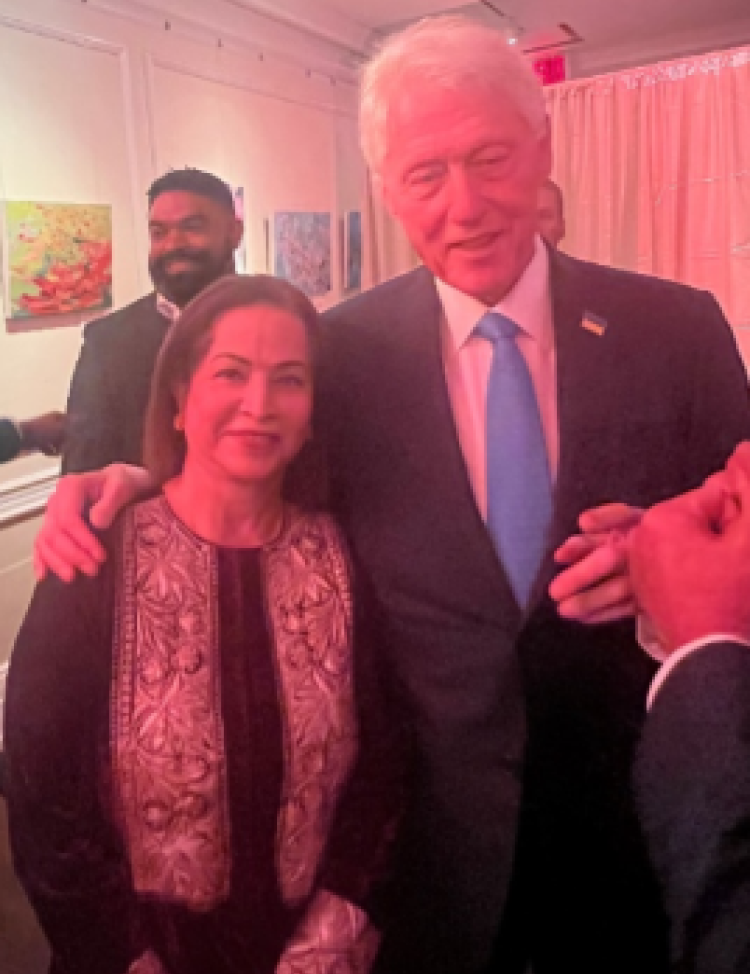Towards combating the obesity epidemic
There is an obesity crisis in America. It is also becoming a global problem,
with
increased
prosperity enjoyed by many developing countries. Because of this, many books have been written
on
this topic. But none presents a nice, concise, multidisciplinary approach to the problem as this
book by Dr. Lalita Kaul. Author has been able to convey the basic information in a simple
manner,
useful for both medical personnel and lay public. The clinical consequences of obesity
are profound and far reaching.
Beginning with prevalence in various ethnic groups, successive
chapters deal with causes, health risks, and the management of obesity. Chapter 13 summarizes
the
treatment for quick reference. The appendices contain valuable information including the caloric
content of many commonly used foods, nutritional assessment forms, food diary, ways to measure
your
servings, and behavior modification strategies. The appendix on calories in fast foods is a true
eye-opener. Did you know a Big Mac has 570 calories and 35 gm of saturated fat, only beaten by
the
Burger King Whopper with 640 calories and 41 gm of fat? No wonder they are called the "coronary
diet." Finally, there are healthy, delectable low-fat recipes for your daily use, including a
variety of delicious Indian recipes.
All chapters are well written, fully researched,
and clearly organized with a lot of practical information on how to handle the problem from
infancy
to old age. The many tables and diagrams are useful adjuncts. And there is an extensive list of
references at the end. The chapters dealing with obesity in children are particularly
informative
since therein lies the root of the problem. Also, there is an ample discussion on the biology of
obesity (genes, hormones, metabolic pathways, etc). Bariatric surgery, now gaining momentum in
the
United States of America, has been given some importance. Book also discusses obesity in getting
COVID and vitamin-D deficiency. In short, this book answers some of the questions we always ask,
"Why we eat what we eat? What happens to all that we eat?" and "What can we do to end this
epidemic?" and more. Overall, this is a very useful handbook for medical students, residents,
nurses, practicing physicians, and the lay public.



